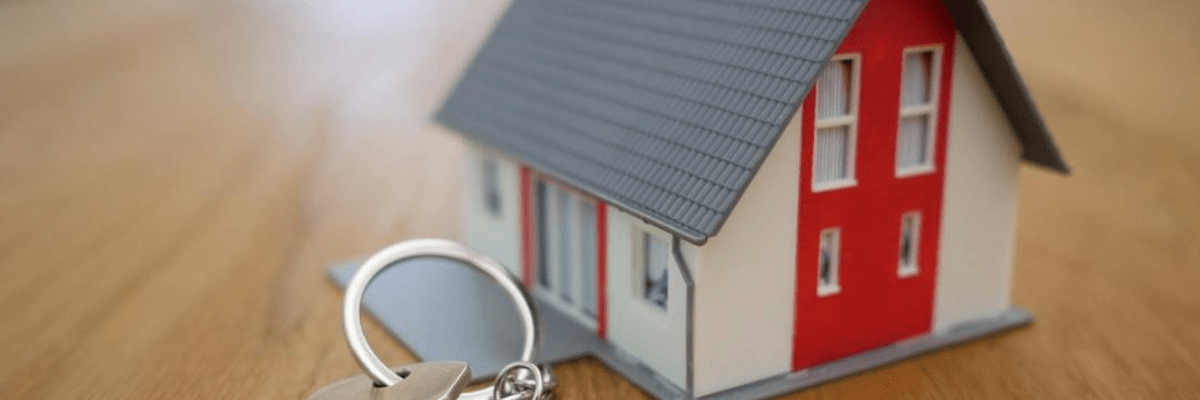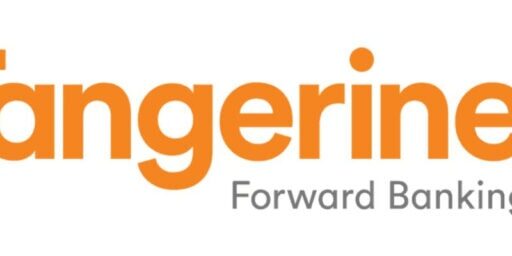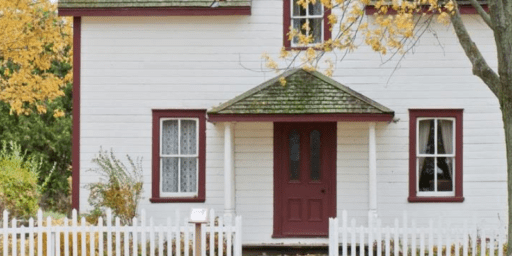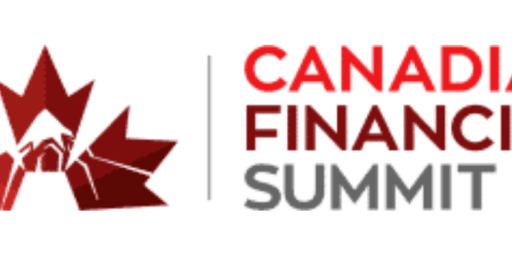Mortgage Rates Are Higher On Investment Properties – How Can You Reduce Them?
If you’re looking to get into the investment property market these days, you might be a little put off when you start hunting around for mortgage quotes.
According to a recent report in The Globe and Mail, investors now account for a fifth of all home purchases in Canada, including over a third of Toronto’s condo market. But the average mortgage rates they’ll find can be up to 60 basis points (or 0.6 percentage points) higher than the mortgage on their own home.
Investment properties are treated somewhat differently than owner-occupied homes (a.k.a residential homes where their owners live). Mortgage lenders also see them as inherently riskier assets to hold.
Here’s everything you need to know about why mortgage rates are higher on investment properties than primary residences — and what other costs you should consider when looking to rent, flip, or occupy a second home:
Why Mortgage Rates Are Higher On Investment Properties Than Primary Residences
Clinton Wilkins, a Halifax-based mortgage professional who leads a team of brokers, says most mortgages for investment properties are not insured by the Canada Mortgage and Housing Corporation (CMHC) — meaning they’re riskier for lenders if a borrower isn’t able to make their payments.
Lenders also know a borrower is going to value the roof over their head more than their second home, cottage, or real estate investment. “Normally when there are defaults, or perceived risk for defaults, people are going to pay the mortgage on their primary residence before they’re going to pay the mortgage on a second home or on a rental property,” Wilkins says.
To offset that risk, lenders tend to charge higher monthly mortgage rates on investment properties. Wilkins estimates the average interest rate on a rental property mortgage can be anywhere from 0.2 to 0.6 percentage points more per month. (For example, a 2.24% fixed-rate mortgage rate for a primary residential property might jump to anywhere between 2.42% and 2.84% on a rental investment property.)
Mortgage rates can be even higher for homes bought for the purpose of flipping them for profit since lenders know they won’t make much interest if the home is going to be sold within a matter of months. In fact, Rakhee Dhingra, CEO of Toronto-based Mortgage Savvy, says major lenders are generally not interested in flip opportunities. If they find out you’re flipping a house (either because you tell them upfront, the mortgage amount you’re requesting is significantly higher than the home’s purchase price, or your bank statements reveal a history of flipping), they’ll probably decline.
Alternative/private lenders like Equitable Bank are known to offer short-term financing for flips. However, Dhingra says, mortgage rates from alternative lenders do tend to be higher in general. “The range right now that I see is anywhere between 2.54% and 3.25%,” Dhingra says, “so significantly higher than what we’re seeing at the big banks.”
How To Find The Best Mortgage Rates On Investment Properties
While it’s generally a given that mortgage rates on investment properties are going to be higher, there are still ways to secure a good rate.
It’s always a good idea to enlist the help of a professional. “As you can imagine, there are so many nuances to mortgage lending — specifically for rentals and second homes,” says Wilkins. An experienced mortgage broker can help you navigate these.
But you should also do some of your own homework and shop the market. By comparing mortgage rates online, you can scan the offerings of dozens of providers and find the lowest rates offered by each, which tend to run an average of two percentage points lower than what the banks’ posted rates are.
However, Wilkins stresses that the monthly mortgage rate on an investment property should not be the only factor borrowers consider.
“Everybody wants to have the lowest rate — and I get that,” he says. “Rate is important. But rate isn’t necessarily everything.”
Other Costs To Consider When Buying An Investment Property
Investment property owners need to look beyond just their monthly mortgage rates to get the full picture of investment property expenses.
First off, borrowers seeking a mortgage for a rental property with one to four different units will need to put at least 20% down because they aren’t eligible for CMHC’s high-ratio default insurance, a requirement for mortgages with down payments of 20% or less. (In the case of flips, Dhingra says lenders are known to ask for a down payment of anywhere from 25% to 30%).
But Wilkins says borrowers who buy a second home for their kids or to use as a cottage aren’t impacted by that rule. “In those cases, you can get a high-ratio insured mortgage with as little as 5% down,” he says, meaning borrowers who qualify for high-ratio insurance on an investment property could get the same rates as borrowers looking for mortgages on a primary owner-occupied property.
Getting this deal would require the borrower to be able to meet their debt servicing obligations (housing costs and debt) without using rental income, and the property would need to be vacant when the sale closes. When calculating debt servicing, mortgage professionals use two metrics: gross debt service (GDS) and total debt service (TDS). GDS is the percentage of your monthly household income used to cover housing expenses. In order for you to be able to afford a home, it cannot exceed 35%. TDS includes housing expenses and all other debts, and it can’t exceed 42%.
Then there are the fine details of the mortgage policy itself. How lenders frame their underwriting terms or debt servicing levels can make a difference in how a borrower’s monthly payments are calculated — and what they end up paying.
Scotiabank, one of the largest lenders for residential property mortgages in Canada, offers a 50% rental offset, meaning half of the rent generated by an investment property is applied to a borrower’s mortgage payment. A rental offset can make it easier for borrowers to qualify for larger mortgages. “They also remove the property taxes and the heat from the calculation,” Wilkins says of Scotiabank’s deal.
Other lenders use what’s called a rental add-back. “Essentially, you have to qualify for the mortgage on the rental property from your personal income — and normally 50% of the rent is then added to your income,” Wilkins explains. “Basically, [your income has] to be very strong to be able to qualify with a lender that calculates the rental income like that.”
Getting a mortgage for an investment property can be a little more complicated than a residential one, but it’s not impossible. Brokers help borrowers sign mortgages for second properties all the time. That said, Wilkins does have a warning: borrowers shouldn’t buy if they’re already indebted and struggling to afford their primary home.
“For the everyday Joe, buying a second property is a big deal,” Wilkins says, “and they need to be ready.”
LowestRates.ca is a free and independent rate comparison website that allows Canadians to compare rates from 75+ providers for various financial products, such as mortgages, auto and home insurance, and credit cards.
I've Completed My Million Dollar Journey. Let Me Guide You Through Yours!
Sign up below to get a copy of our free eBook: Can I Retire Yet?










